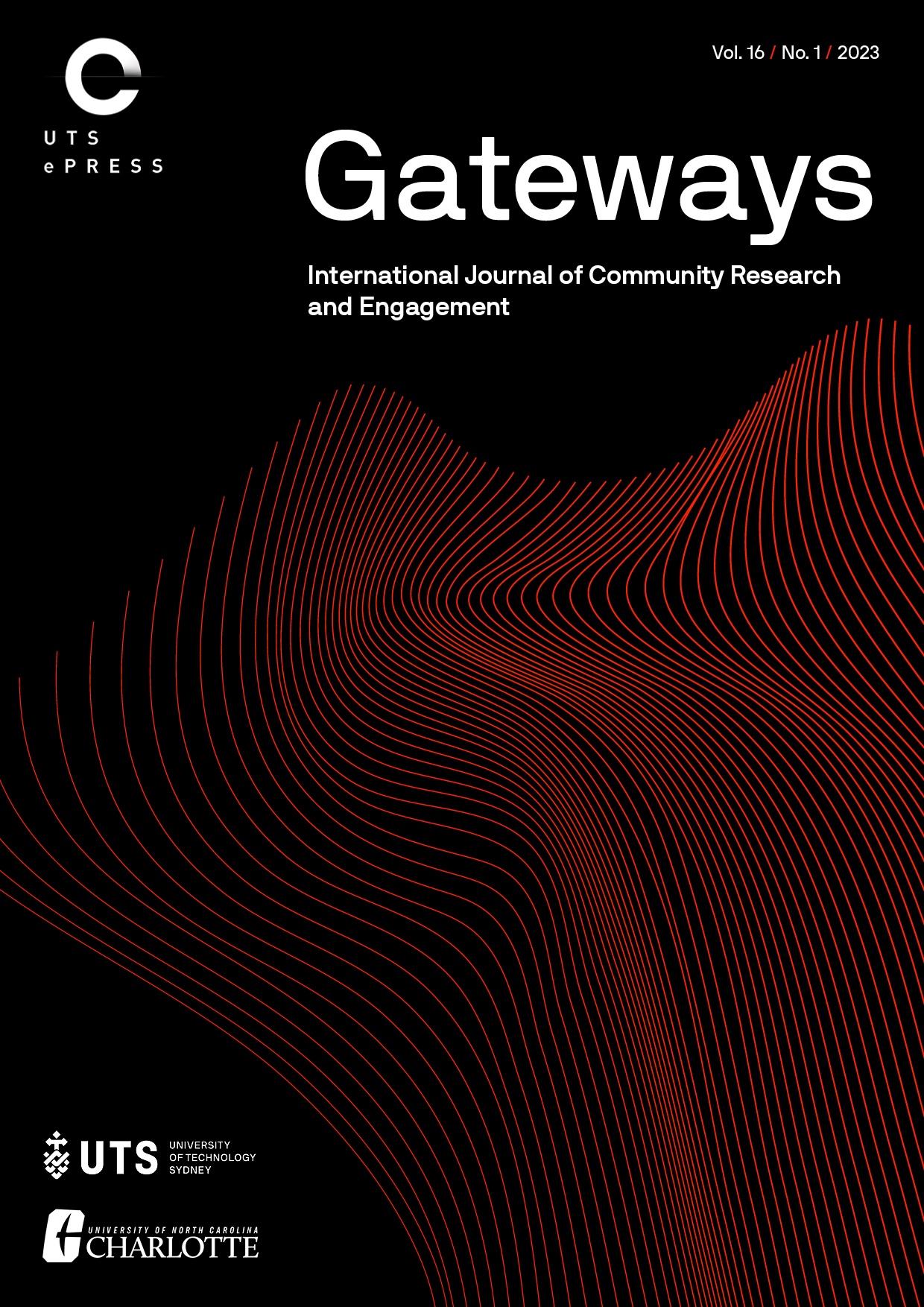Stroke Community Rehabilitation Centre (SCORE): A community transformation program
Main Article Content
Abstract
Stroke is the second most prevalent disease in Malaysia, so promoting awareness of stroke is essential as it is preventable and treatable if action is prompt. Long-term rehabilitation at the community level is also crucial to reducing congestion in acute care hospitals. Hence, establishing an evidence-based community rehabilitation centre would help educate the community and support the welfare of stroke survivors.
This article discusses a community-engagement initiative launched by experts from University Malaya Rehabilitation Medicine in partnership with Pusat Pemulihan Kesihatan (PERKIM), a religious and social welfare organisation in Malaysia, to transform an existing non-functional community centre run by PERKIM into the Stroke Community Rehabilitation Centre (SCORE). This was achieved through the provision of expert input into how to improve service provision, knowledge transfer to the community, and implementation of more thematic and creative components to the model of care currently offered. Importantly, under this new model, stroke survivors and the wider community would be considered learners and active participants in their own care, not mere passive recipients of charity.
Since its inception in 2016, the number of patients has almost doubled, increasing to over 100. Thus, the Stroke Community Rehabilitation Centre benefits the stroke community by providing resources and education to facilitate recovery at a reduced cost to hospital-based care. With its adherence to the recommended features of the community-based rehabilitation model, as outlined by WHO, the success of SCORE is an exemplary model for future stroke community rehabilitation centres in Malaysia.
Article Details
Issue
Section
Authors who submit articles to this journal from 31st March 2014 for publication, agree to the following terms:
a) Authors retain copyright and grant the journal right of first publication with the work simultaneously licensed under a Creative Commons Attribution License that allows others to share and adapt the work with an acknowledgement of the work's authorship and initial publication in this journal.
b) Authors are able to enter into separate, additional contractual arrangements for the non-exclusive distribution of the journal's published version of the work (e.g., post it to an institutional repository or publish it in a book), with an acknowledgement of its initial publication in this journal.
c) Authors are permitted and encouraged to post their work online (e.g., in institutional repositories or on their website) prior to and during the submission process, as it can lead to productive exchanges, as well as earlier and greater citation of published work (See The Open Access Citation Advantage Service). Where authors include such a work in an institutional repository or on their website (ie. a copy of a work which has been published in a UTS ePRESS journal, or a pre-print or post-print version of that work), we request that they include a statement that acknowledges the UTS ePRESS publication including the name of the journal, the volume number and a web-link to the journal item.
d) Authors should be aware that the Creative Commons Attribution (CC-BY) License permits readers to share (copy and redistribute the work in any medium or format) and adapt (remix, transform, and build upon the work) for any purpose, even commercially, provided they also give appropriate credit to the work, provide a link to the license, and indicate if changes were made. They may do these things in any reasonable manner, but not in any way that suggests you or your publisher endorses their use.
For Volume 6 (2013) and before, the following copyright applied:
Articles published by UTSePress are protected by copyright which is retained by the authors who assert their moral rights. Authors control translation and reproduction rights to their works published by UTSePress. UTSePress publications are copyright and all rights are reserved worldwide. Downloads of specific portions of them are permitted for personal use only, not for commercial use or resale. Permissions to reprint or use any materials should be directed to UTSePress.
References
2. GBD 2015 Disease and Injury Incidence and Prevalence Collaborators (2016). Global, regional, and national incidence, prevalence, and years lived with disability for 310 diseases and injuries, 1990-2015: a systematic analysis for the Global Burden of Disease Study 2015. Lancet (London, England), 388(10053), 1545–1602. https://doi.org/10.1016/S0140-6736(16)31678-6
3. Clarke, D. J., & Forster, A. (2015). Improving post-stroke recovery: the role of the multidisciplinary health care team. Journal of multidisciplinary healthcare, 8, 433–442. https://doi.org/10.2147/JMDH.S68764
4. Akhavan Hejazi SM, Mazlan M, Abdullah SJ & Engkasan JP. Cost of post-stroke outpatient care in Malaysia. Singapore Med J. 2015 Feb; 56(2):116-119.
5. Rutkowski, N. A., Sabri, E., & Yang, C. (2021). Post-stroke fatigue: A factor associated with inability to return to work in patients <60 years-A 1-year follow-up. PloS one, 16(8), e0255538. https://doi.org/10.1371/journal.pone.0255538
6. Mohd Zulkifly MF, Ghazali SE, Che Din N & Subramaniam P. The influence of demographic, clinical, psychological and functional determinants on post-stroke cognitive impairment at day care stroke center, Malaysia. Malays J Med Sci. 2016 Mar; 23(2):53-64.
7. Jee, RC & Abdul Latif L. Return to work after stroke. 2nd JKWPKL& Putrajaya Research Day & 1st Hospital Rehabilitasi Cheras Research Day 2017; 2017 Jul 5.
8. Department of Statistics Malaysia. Available from: http://www.dosm.gov.my (accessed June 15, 2022)
9. Rehabilitation 2030 Initiative. (n.d.), World Health Organisation. https://www.who.int/initiatives/rehabilitation-2030
10. Yasin, S., Chan, C. K., Reidpath, D. D., & Allotey, P. (2012). Contextualizing chronicity: a perspective from Malaysia. Globalization and health, 8, 4. https://doi.org/10.1186/1744-8603-8-4
11. Abdul Aziz, A.F., Mohd Nordin, N.A., Abd Aziz, N. et al. Care for post-stroke patients at Malaysian public health centres: self-reported practices of family medicine specialists. BMC Fam Pract 15, 40 (2014). https://doi.org/10.1186/1471-2296-15-40
12. Hwong WY, Ang SH, Bots ML, Sivasampu S, Selvarajah S, Law WC, et al.. Trends of Stroke Incidence and 28-Day All-Cause Mortality after a Stroke in Malaysia: A Linkage of National Data Sources. Global Heart. 2021;16(1):39. DOI: http://doi.org/10.5334/gh.791
